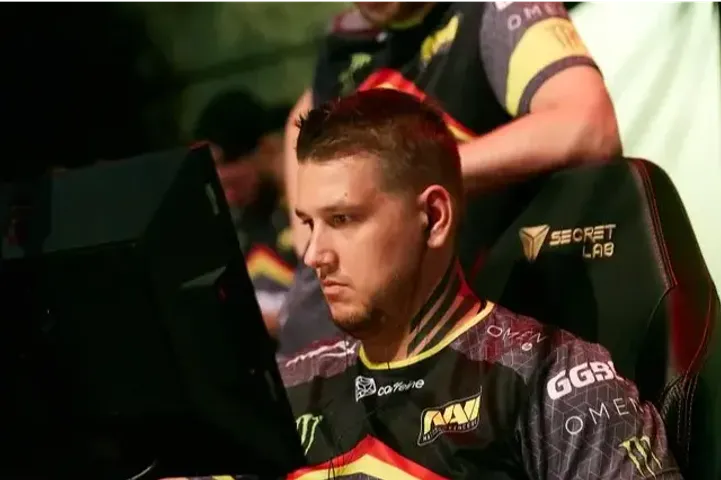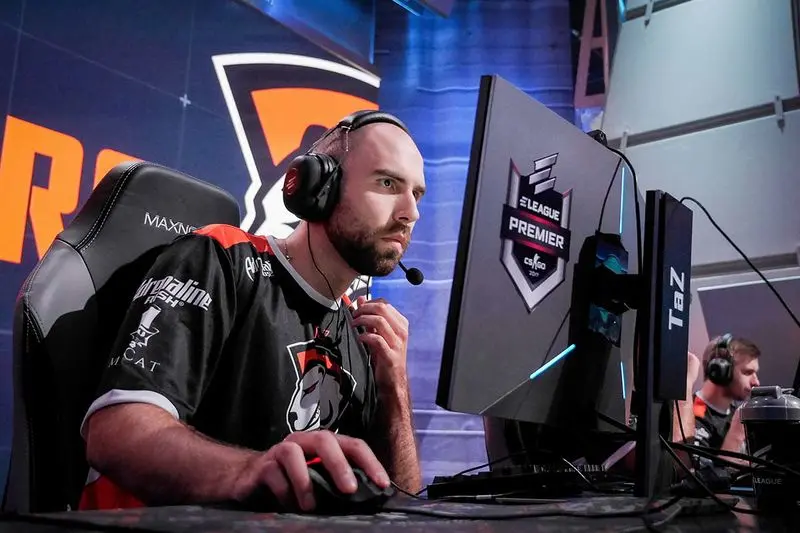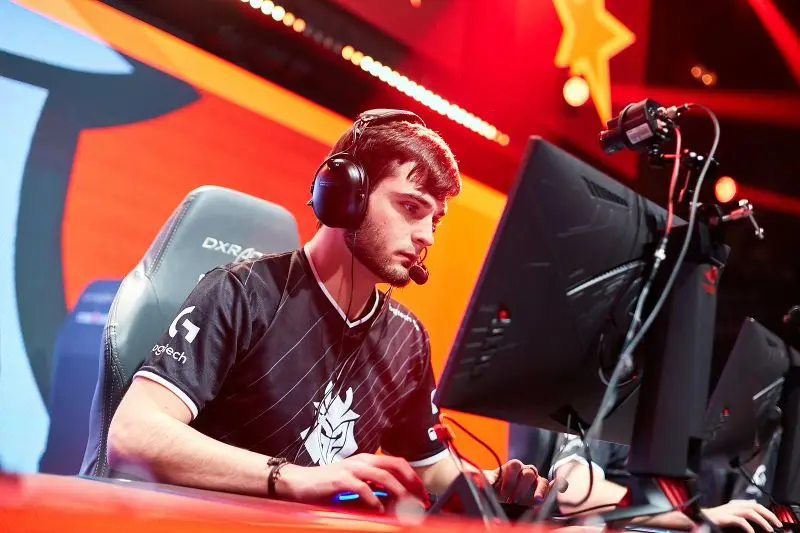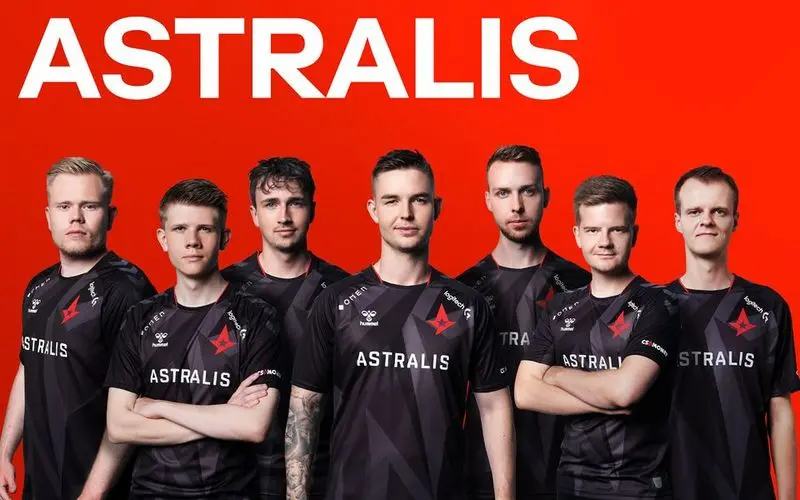Article
19:15, 17.04.2024

In competitive Counter-Strike, team reshuffles are as common as they are impactful. While some changes lead to newfound success, others result in unforeseen downfalls. This article delves into notable cases where team reshuffles significantly altered the trajectory of some of the most prominent teams in Counter-Strike history, sometimes to their detriment.
Virtus.pro - the end of an era
The departure of Wiktor "TaZ" Wojtas from Virtus.pro in early 2018 marked the beginning of a challenging period for the Polish legends. Known for their remarkable teamwork and resilience, the original Virtus.pro lineup struggled to maintain its former glory in the wake of the reshuffle. Subsequent roster changes failed to rekindle the team's competitive spirit, leading to a series of underwhelming performances and the eventual dissolution of the iconic lineup.

READ MORE: 20 Richest Female Players in Counter-Strike
MIBR - disrupted synergy
In 2018, MIBR's decision to integrate Jake "Stewie2K" Yip and Tarik "tarik" Celik into its predominantly Brazilian roster was a bold move aimed at international success. However, the addition of these North American players disrupted the team's existing synergy. The language barrier and differing playstyles led to a disjointed team dynamic, culminating in a series of poor results that tarnished MIBR's competitive standing.
![[Exclusive] fear on Fnatic’s preparation for the Major: “We decided we’re not going to do a bootcamp”](https://image-proxy.bo3.gg/uploads/news/354345/title_image/webp-6d9eceaa2048c00bca9699733b3efdbe.webp.webp?w=150&h=150)
Team EnVyUs - a brief success
The French shuffle of 2015/2016 brought Kenny "kennyS" Schrub and Dan "apEX" Madesclaire to EnVyUs, initially sparking a period of triumph, including a Major victory at DreamHack Open Cluj-Napoca 2015. However, the success was short-lived. Internal conflicts and a failure to adapt to the evolving meta led to a rapid decline in the team's performance, effectively ending EnVyUs's era as a top contender.
G2 Esports - unmet expectations
G2 ambitious creation of the "French Super Team" in 2017, featuring stars like Richard "shox" Papillon and Nathan "NBK-" Schmitt alongside kennyS and apEX, was met with high expectations. Despite the lineup's potential on paper, the team struggled to find consistent form. Role overlaps and strategic disagreements hindered G2's ability to dominate the scene as many had anticipated.

Ninjas in Pyjamas - a slow unravel
The departure of Robin "fifflaren" Johansson from Ninjas in Pyjamas in 2014 was the first of many changes that gradually eroded the cohesion of the once-dominant Swedish squad. Over the years, multiple roster adjustments failed to recapture the magic of NiP's early successes, leading to a prolonged period of instability and lacklustre results that haunted the team well into the following years.

Fnatic - after olofmeister
The departure of Olof "olofmeister" Kajbjer from Fnatic in 2017 marked a significant turning point for the team. His move to FaZe left a void in Fnatic that was hard to fill. Despite several roster changes in an attempt to regain their top form, Fnatic struggled to replicate the success they had enjoyed with olofmeister. The once-dominant force in Counter-Strike found themselves in a cycle of inconsistent results, highlighting how crucial olofmeister was to their lineup.
Liquid - losing cohesion
Post-2019, Liquid faced a critical shift when Nick "nitr0" Cannella left the team. nitr0 had been pivotal in Liquid's rise to dominance, including their Intel Grand Slam Season 2 victory. His departure marked the beginning of a decline in the team's cohesion and performance. Subsequent changes failed to restore Liquid's previous synergy, illustrating how integral nitr0 was to the team's success and chemistry.
Astralis - the break of that broke dominance
Astralis's era of dominance faced a significant challenge in 2020/2021 when key players Lukas "gla1ve" Rossander and Andreas "Xyp9x" Højsleth took extended breaks. The situation was compounded by Nicolai "device" Reedtz's move to Ninjas in Pyjamas. These changes disrupted the well-oiled machine that was Astralis, leading to a noticeable dip in their once-unassailable performance levels, and marking the end of their era of dominance in the competitive scene.


North - constant changes, declining fortunes
North's journey post-2018 was marred by continuous roster changes, especially following the departures of Kristian "k0nfig" Wienecke and René "cajunb" Borg. The constant reshuffling failed to produce a stable and competitive lineup, leading to a decline in performance and eventually, the organization's dissolution in 2021. North's story serves as a cautionary tale about the instability and uncertainty that frequent changes can bring to a team.
Natus Vincere - searching for success post-Zeus
The retirement of Danylo "Zeus" Teslenko in 2019 left Natus Vincere in a period of adjustment. Zeus had been a pivotal figure in the team, and his departure led to a series of changes as NAVI sought to find the right formula for success. Despite having high-calibre players, the team faced a period of inconsistency, underlining the challenge of filling the leadership void left by Zeus and finding the right team dynamic.
Conclusion
These reshuffles underscore a recurring theme in the competitive Counter-Strike scene: changes made with the intention of enhancing a team's performance can sometimes lead to unforeseen consequences. From Fnatic's struggles post-olofmeister to Astralis's challenges following device's departure, each case highlights the delicate balance teams must maintain between stability and the pursuit of improvement. While roster changes are an inevitable part of esports, these examples remind us that success hinges not just on individual talent but on chemistry, leadership, and the ability to adapt as a unified entity.
Comments
Upcoming Top Matches
Latest top news







No comments yet! Be the first one to react